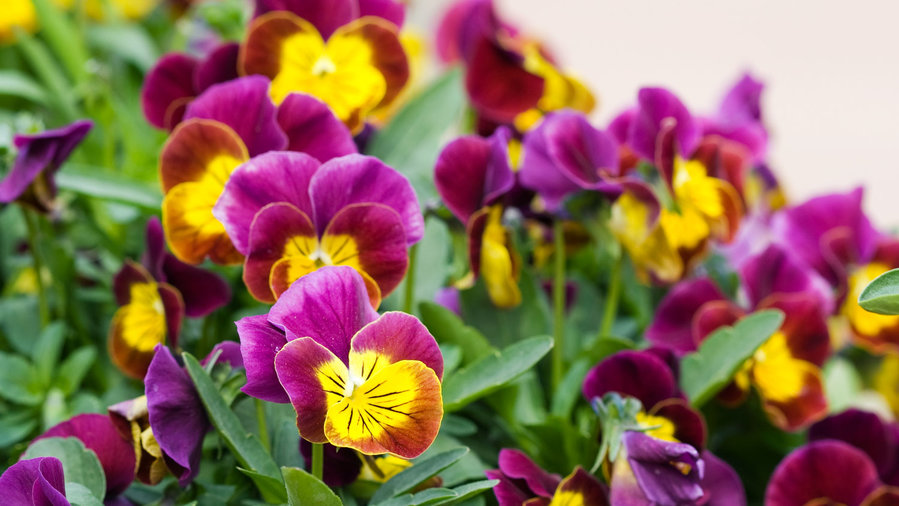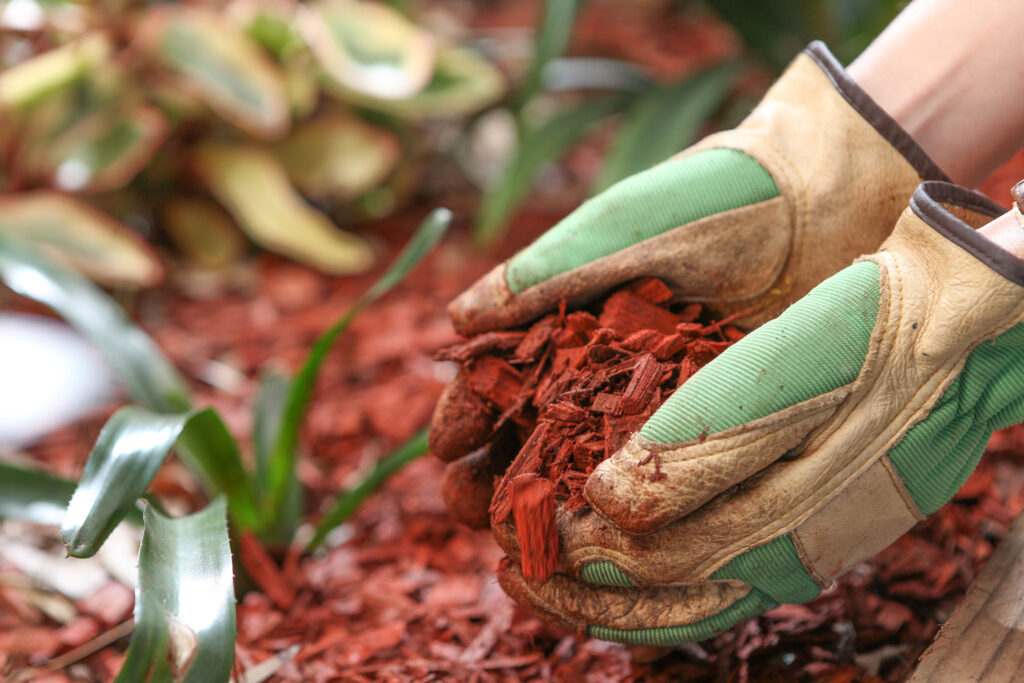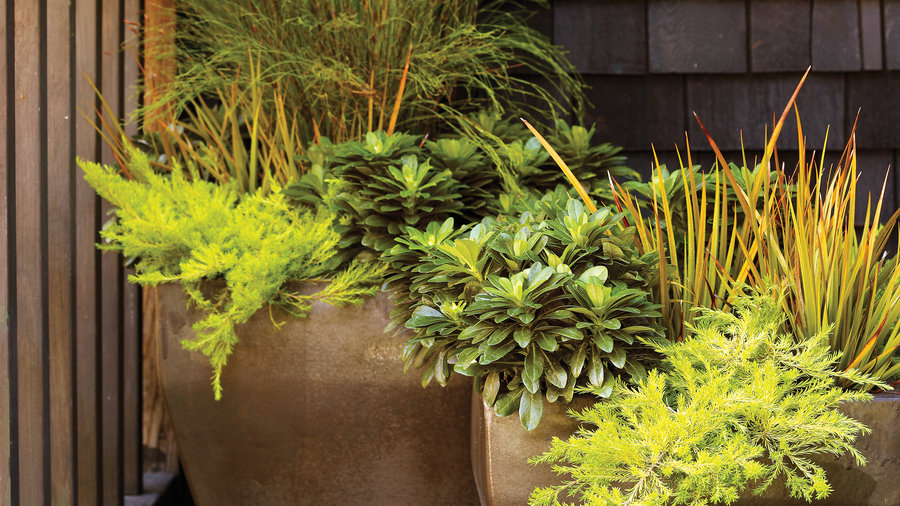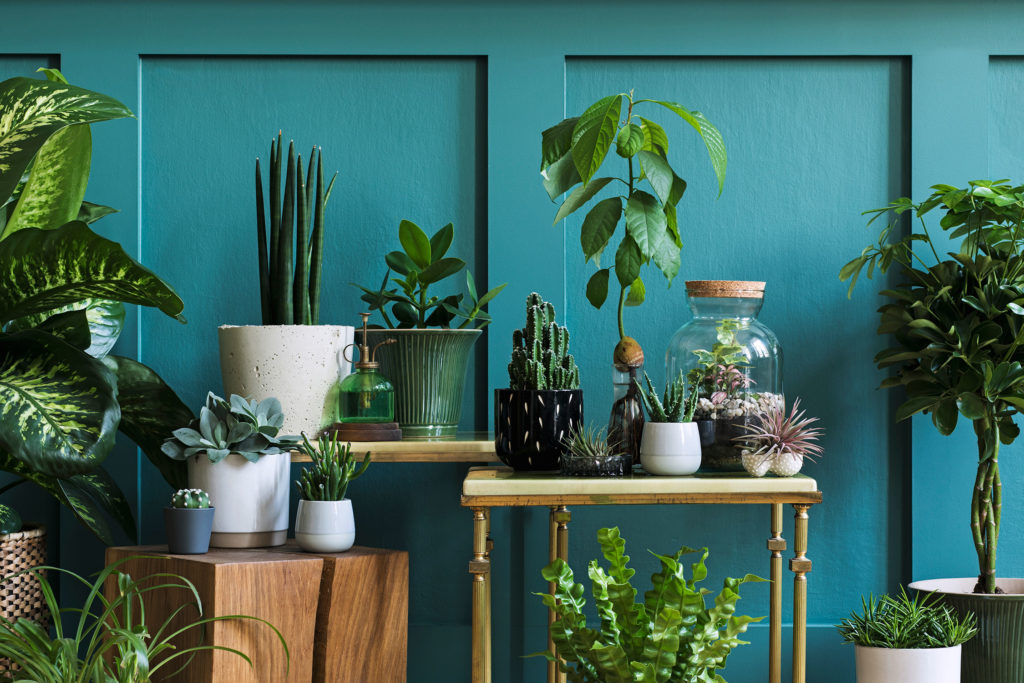
6 Tips to Protect Your Plants from the Cold
We’ve got your garden covered this winter.

Kimberly Navabpour
We’re only a couple weeks into winter, and your plants have a long time to wait until they feel the warmth of spring. Hopefully you took some precautions to protect your garden in November and December, and we’re lucky to have moderate winters in much of the West, but our changing climate has made weather more unpredictable. Just this week, low temperatures hit Southern California, dipping below freezing.
This winter, use our tips to shield your plants from the harsh impacts of surprise cold fronts, ensuring your garden’s beauty for its spring debut.
1. Water Your Plants Thoroughly

Markus Spiske/Unsplash
When you see cold temperatures coming your way, give your plants extra water. It’s always important to keep your garden appropriately hydrated, because thirsty plants are more susceptible to cold damage in general. But extra water before a cold front will give your garden additional protection. Water stores heat for much longer than air or land, so the added moisture will help keep your plants warm in the chill.

OzCameraman/Getty Images
2. Add Mulch
Adding a few inches of mulch to exposed soil—particularly for fruit tree roots or newly planted landscape shrubs—will help insulate your garden. Mulch acts as a protective barrier between the soil and the air, helping to retain moisture and lock in heat. It’s a good idea to mulch before the winter season starts, but adding a little more mulch before a cold front will also help protect your plants.
3. Cover Your Sensitive Crops
Covering your plants is a simple way to give your garden some added warmth, especially for newly planted or sensitive vegetable crops. Cover your garden in a frost protective cloth and secure it in the ground with stakes or rocks. The key is covering from the ground up, because the cloth insulates the heat radiating from the soil. If you don’t have a frost cloth or a hoop house, other materials like blankets, sheets, cardboard, or trash cans will also work. Pro tip: For even more heat, turn on old Christmas lights under the cover.
4. Move in Your Patio Plants

Thomas J. Story
When in doubt, move your plants indoors. If you have pots that can be carried inside the garage, that’s typically your safest bet. For patio or balcony plants, just moving them closer to the house can give your pots some extra heat and shelter. Cover any sensitive pots or flower beds that can’t be moved with frost cloth or mulch.
5. Check on Your Houseplants

FollowTheFlow/Getty Images
Even your indoor plants may be susceptible to damage from temperature changes. Pull your pots away from drafty windows and doors, and make sure they’re not near heater vents that might be running more than usual in a cold front. If you’re moving outdoor pots into your house, double check for any plants that may be toxic, and keep them out of reach from pets or children.
6. Don’t Forget Your Trees and Shrubs
They may look strong, but your landscape plants are also vulnerable to cold damage. Add mulch to their soil and cover your plants in tree or shrub bags. You can also use tree wrap to insulate and reinforce the trunks and branches of your trees—and it’s safe to leave the tree wrap on all winter long.
